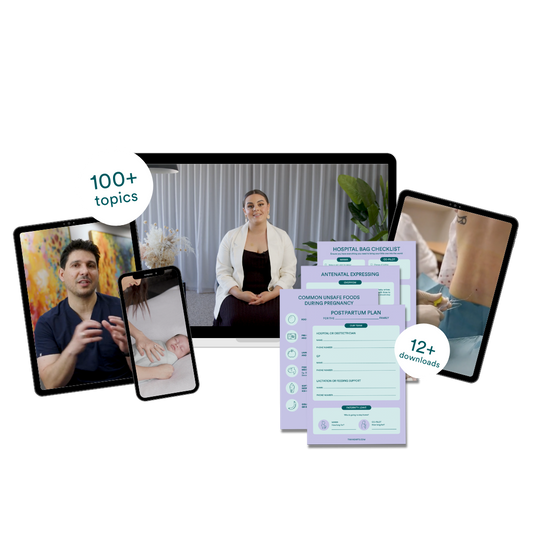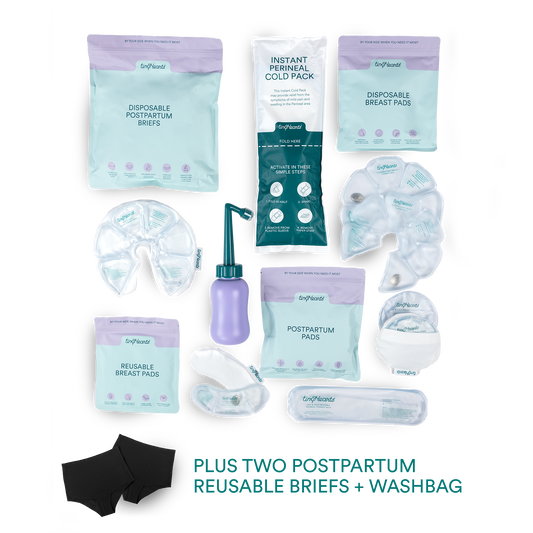I want to talk to you about a moment I never hope you encounter. Something has happened to your precious bub, and you need help – FAST. Your baby has stopped breathing, your inquisitive toddler has pulled the pot of boiling water off the stove and onto herself, your partner has just pulled your child unconscious out of the backyard pool.
You pick up the phone, hysterical, screaming down the phone that you need an ambulance. The 000 call taker is calmly trying to get your exact location to get an ambulance dispatched to you. In your panic, you are unable to string together anything more than ‘please just help my baby!’
My name is Jess and before I was an educator with Tiny Hearts First Aid I was the person on the end of that phone, trying to calm you down so I could get help on the way.
Let’s have a quick chat about what happens when you dial 000 and best practice for calling an ambulance in order for us to get help to you as soon as possible.

Before I go on, some of you may be aware dialling 112 from a mobile phone exists in Australia as an alternative number for emergency services. There is a misconception that dialling 112 in an area of no or little mobile phone service will allow you to access satellite technology.
This is untrue.
If there is no mobile phone coverage available in your area on ANY mobile phone network, you will be unable to contact emergency services. In this instance, you will be required to take further action such as driving to an area with mobile phone reception and dial 000 or 112 from there.
When you dial 000, you will hear a recorded message that states: ‘You have dialled Emergency Triple Zero, your call is being connected.’
The first person you speak to will be a call taker who will ask ‘Police, Fire or Ambulance? What is your location?’
From there, you will the call taker will transfer you to a state-run, region and emergency service call centre. Once transferred, your call is answered by a highly trained ambulance call taker who needs two vital pieces of information from you – your exact location and exactly what has happened.
Unfortunately, 000 does not magically know where you are – television has really let us down on this front with the public!*
Any delay in providing your location is only delaying those paramedics you so desperately need arriving. Once the call taker has this information, they will then be able to move on to ‘tell me exactly what’s happened.’ Your ability to convey the medical emergency you are witnessing is crucial in you getting the right help. The call taker will continue to ask questions and provide pre-arrival advice while they dispatch an ambulance to you.
It is so important you stay on the line to provide further information – these questions and advice do not delay the ambulance arriving. Those paramedics you need are on their way, receiving updates in the ambulance as you provide them. This way they can best prepare themselves to hit the ground running and work to save your child.
To conclude, I’ll leave you with my 3 top tips to keep in mind:
1. Please, please try and remain calm. The quicker you can relay the information to the operator, the quicker they can get an ambulance to you. 2. Stay on the line with the operator to answer further questions. They will provide you with further information on what to do next. Do not hang up until the operator asks you to do so.
3. When they reach an appropriate age, teach your children about how to call for an ambulance. Accidents happen to adults too, and you never know when you might need your child’s assistance in getting an ambulance on the way.
Stay safe proactive parents!
* There is, however, a smartphone app that can help you out if you really have no idea where you are. The Emergency+ app is a nifty little app that accesses your mobile device’s GPS functionality and details your latitude, longitude and street address, accurate to within 10 meters. Relay this information to the operator and help is on the way!
The Emergency+ app is available to download free of charge from the Google Play store and Apple App store.








